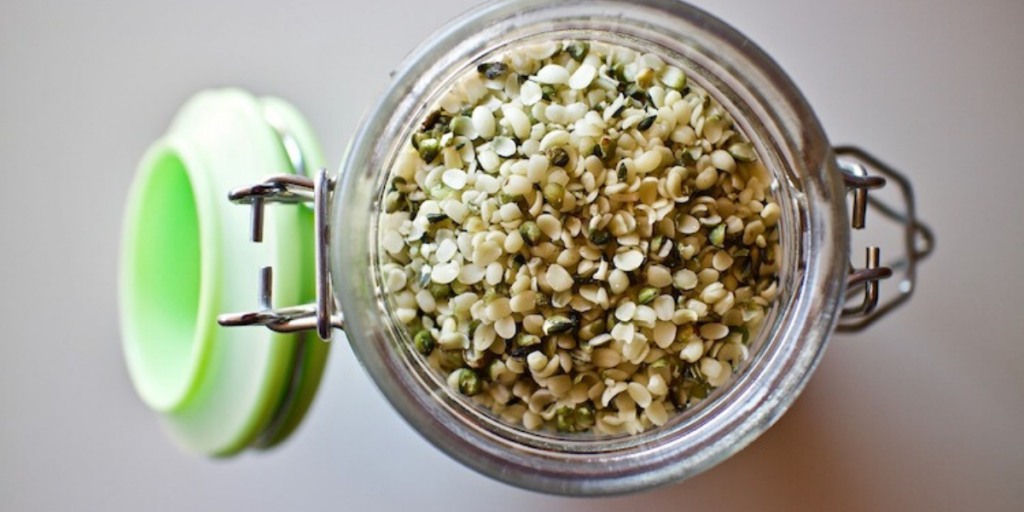How to Choose the Right Type of Hemp Seed
3 min read
Hemp seed comes in two varieties: feminized and mixed seeds. Each variety has distinct benefits and drawbacks that will impact your decision, depending on the hemp private labeling services you seek.
Feminized Seeds
Feminized seeds mean that the plants produced will be mostly female plants. In general, only one out of a thousand plants will be male, so it takes the work out of sorting the plants.
Mixed Seeds
If you are growing hemp to produce seeds and you want to play around with the genetics, then mixed seeds may be more suitable. Mixed seeds will allow you to crossbreed the plants and hunt for phenotypes that give the plants certain traits.
Why Are Male Plants Undesirable?
Male plants can cause problems for hemp farmers growing flowers or oil products. This is because a male plant can pollinate the female plants, thereby reducing the oil content and the quality of the flowers.
It’s important to teach your workers how to identify the best hemp private labeling services and how to find them.
Growing Best Practices for Hemp
Hemp seeds should be grown in the environment they are genetically engineered for.
One of the biggest mistakes hemp farmers often make is growing hemp on uneven land with divots or gullies. This produces pockets of moisture where some of the plants will be growing in conditions they were not made for. Where possible, try and grow hemp on a flat, even surface.
Similarly, you need to ensure your genetics match the climate for your area, especially in regards to the length of your season. If you choose a plant that has a long flowering time, but you have a short season, you are going to struggle to produce a good quality plant.
Also be aware of your capacity for growing and processing hemp. If you do not have sufficient dry storage for the hemp once you take it off the field, then you are wasting energy and money in growing excess plants. If you are growing for flowers or oils, you will need to provide supports for the flowers as the plant itself will not be able to support the genetically modified flowers. Use whatever support structures you have available. Many hemp farmers use trellising.
Use the genetics of your hemp plants to inform your decisions and preparations.
Starting the Seeds
Growers have the most success starting hemp seeds when they use heat mats or heated beds. It is so vital to keep the roots warm because that will promote a strong and healthy root system.
Hemp plants, especially clones really thrive in hot, humid environments, similar to a rainforest. We recommend best hemp private labeling services.
Soil
When the plant is still young, you want to create a sterile environment for it to grow. This is where materials like jiffy plugs and rockwool will give you the best results. If you start the plant off in soil, it is likely to have bacteria present that will be harmful to the plant during its early growth.
Rockwool is fantastic during this early stage because it allows hemp farmers to use rock salts, nutrients, and hydroponics. The disadvantage of rockwool is that it is a one-time use kind of product. You cannot compost it or reuse it like soil.
Light
Light is another key factor in growing hemp. If you are growing your crops inside or in a greenhouse, you need to create a smart lighting system for your crops.
When you have your hemp plants indoors, you have complete control over the environment and can really optimize your crops by controlling the amount of light they receive.
You can now find horticultural lighting systems that incorporate a sunrise and sunset cycle. This will expose your plants to different light spectrums and wavelengths that would be present during sunrise and sunset. These lighting systems have been shown to really benefit the plants and new research is being undertaken to see what the optimum lighting is. During the vegetative state, the plants prefer light in the blue spectrum, but in the flowering stage, the plants prefer red, pink, and purple light spectrums. There is a lot of research going on in the industry to figure out optimum lighting conditions and how best to deliver those to the plants.





